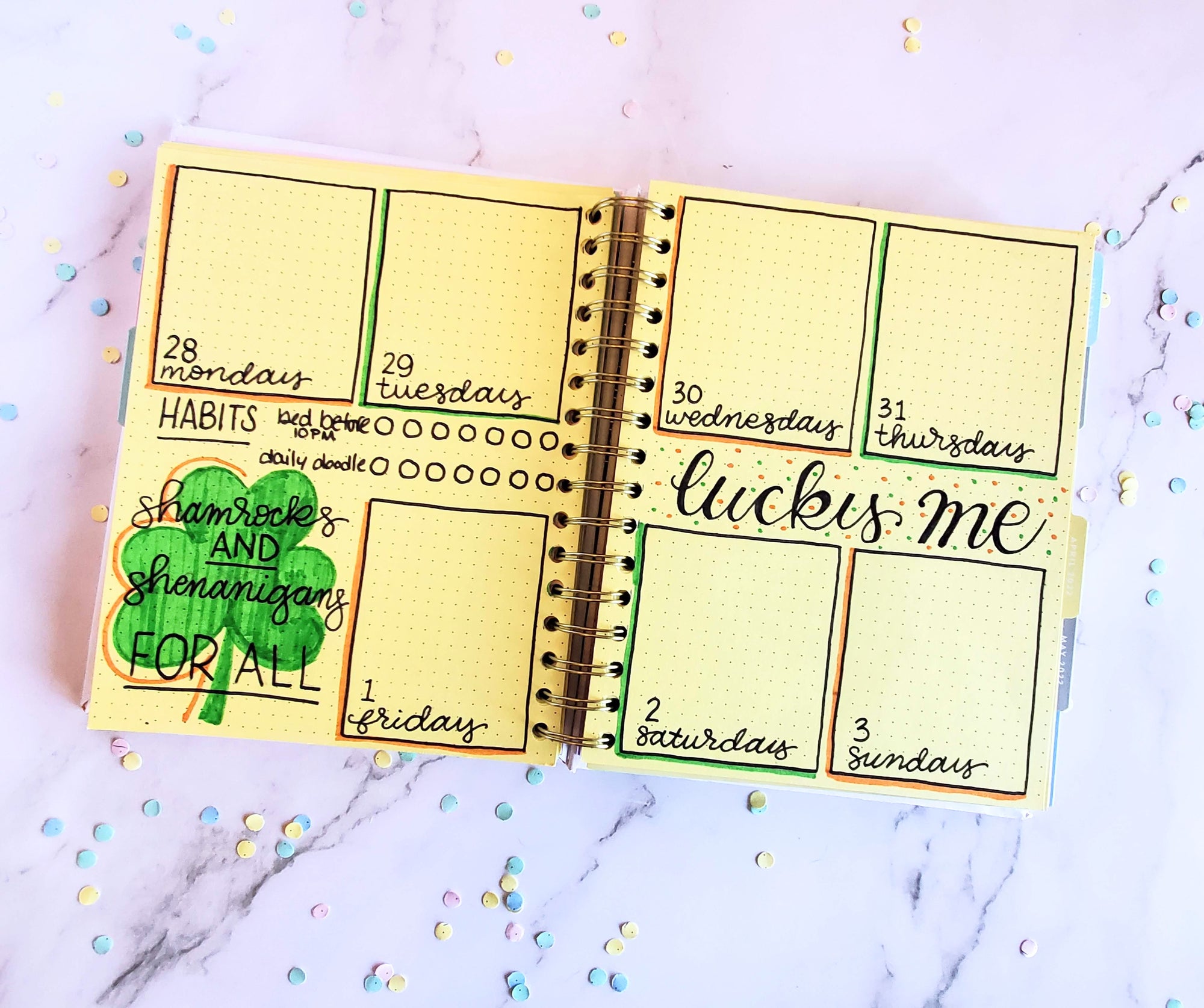

· By Jennifer Blom
The Pen and Paper Path to Organization: Unveiling the Connections Between Handwriting and Staying Organized
In today's digital age, where typing and swiping have become second nature, the art of putting pen to paper might seem archaic. However, the benefits of handwriting extend far beyond nostalgia. The act of writing things by hand has a remarkable connection to staying organized, fostering creativity, and enhancing memory retention. In this blog post, we will delve into the intriguing connections between handwriting and staying organized, shedding light on how this seemingly traditional practice can make a profound impact on our modern lives.
- Mindful Engagement
Handwriting demands a slower pace compared to typing on a keyboard. This deliberate process of forming letters and words requires greater attention to detail. When we take the time to write things down by hand, we naturally become more mindful of the content we're jotting down. This mindfulness enhances our awareness of what needs to be organized and prioritized, leading to more effective organization strategies.
- Cognitive Connection
The physical act of writing engages different cognitive processes than typing. Studies have shown that the brain activates unique neural pathways when we write by hand, promoting deeper processing of information. This connection between our thoughts and the paper can lead to better comprehension and memory retention of the material. When it comes to staying organized, this cognitive engagement helps us internalize tasks and information, making it easier to manage our responsibilities.
- Tangible and Visual Organization
Imagine the satisfaction of crossing off tasks from a handwritten to-do list. The tactile experience of physically checking off items provides a sense of accomplishment and progress that digital checkmarks often lack. Handwritten notes and lists also offer a visual aid in tracking our goals and tasks. When you can physically see your plans and objectives on paper, it becomes easier to structure your day and prioritize tasks effectively.
- Reduction of Digital Distractions
While digital devices provide convenience, they also come with an abundance of distractions. Notifications, emails, and social media can divert our attention and hinder our organizational efforts. Writing things by hand offers a reprieve from these distractions, allowing us to focus solely on the task at hand. This focused engagement contributes to better time management and a higher quality of work.
- Creativity and Problem-Solving
The act of handwriting has been linked to enhanced creativity and critical thinking. The tactile experience of forming letters and words can stimulate the brain's creative centers. When brainstorming, sketching ideas, or problem-solving, the free-flowing nature of handwriting can lead to innovative solutions. Integrating creative thought into organization strategies allows for more personalized and effective approaches to managing tasks and projects.
- Personalization and Customization
Handwriting provides an avenue for personalization that digital tools often lack. From color-coded notes to unique fonts, your handwriting style can be a reflection of your personality and preferences. This personal touch enhances the emotional connection you have with your organizational methods, making them more likely to stick. Furthermore, the ability to design your own organizational systems allows for greater adaptability to your specific needs.
In a world dominated by digital devices and screens, the act of handwriting offers a refreshing departure. Its connections to mindfulness, cognitive engagement, visual organization, and creativity make it a powerful tool for staying organized. Embracing the pen and paper approach might just be the missing link in our pursuit of a more organized and productive life. So, the next time you find yourself reaching for a digital device to jot down notes, consider picking up a pen instead – you might be surprised by the positive impact it has on your organizational endeavors.









